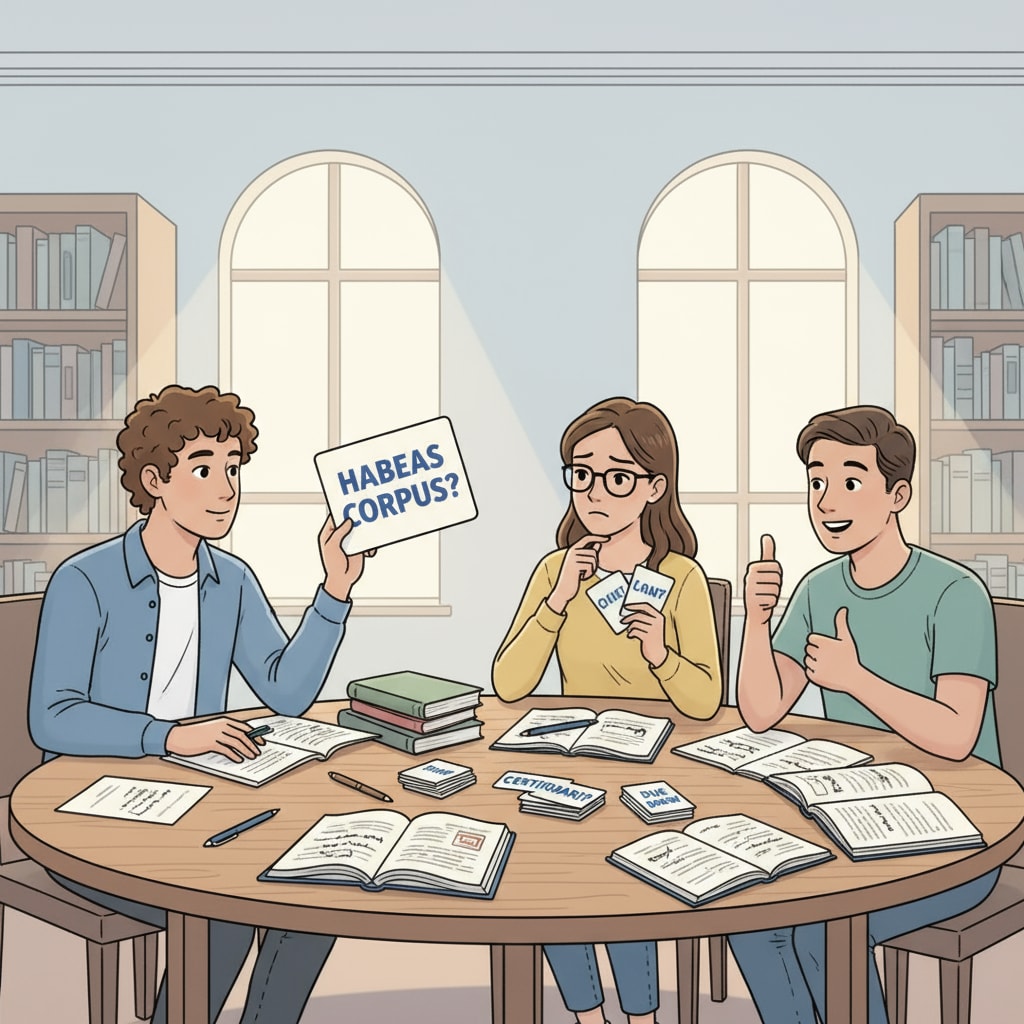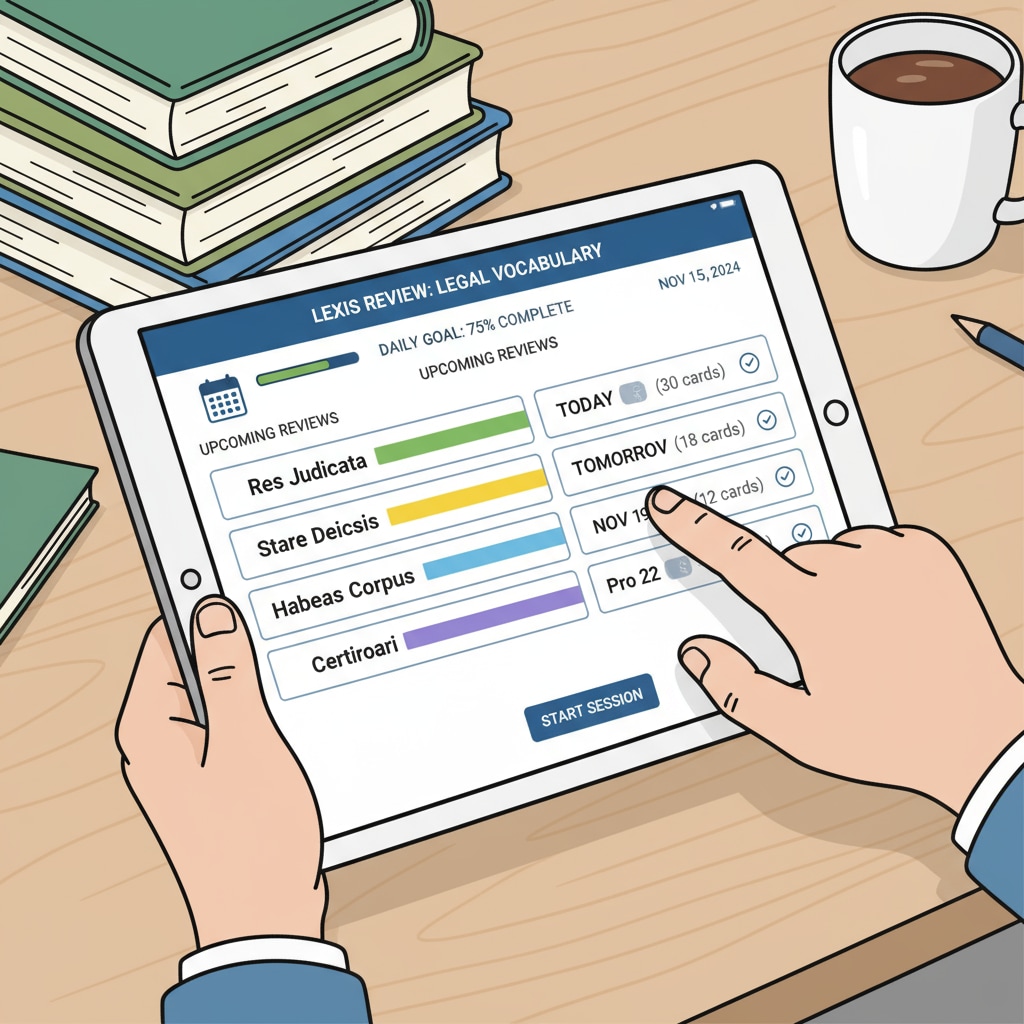In the realm of K12 education, especially in legal learning, the transition from passive reading to active recall, along with the use of flashcards and spaced repetition, can be a game-changer. Traditional learning often involves passive repetition reading, where students simply read materials over and over. However, this method may not lead to deep understanding and long-term retention. Active recall, on the other hand, requires students to actively retrieve information from their memory. Flashcards and spaced repetition are powerful tools that can enhance this process.

The Limitations of Passive Reading in Legal Learning
Passive reading in legal learning is like skimming through a book without truly engaging with the content. Students may read legal texts multiple times, but they might not be able to recall key concepts when needed. For example, when faced with a legal case analysis, they struggle to apply the learned principles. This is because passive reading doesn’t stimulate the brain to process and store information effectively. As a result, students often find themselves forgetting what they’ve read soon after. According to Learning theories on Wikipedia, different learning approaches have varying levels of effectiveness, and passive reading ranks relatively low in promoting knowledge retention.
The Power of Active Recall in Legal Studies
Active recall is the cornerstone of effective legal learning. When students practice active recall, they force their brains to dig out information, which strengthens neural connections related to that knowledge. For instance, by quizzing themselves on legal terms and concepts, students can better understand and remember them. This method not only improves memory but also enhances the ability to analyze and apply legal knowledge in real-world scenarios. Learning psychology on Britannica emphasizes the importance of active engagement in the learning process, and active recall is a prime example of such engagement.

Flashcards are an excellent way to implement active recall in legal learning. You can write a legal term on one side of the card and its definition or an example on the other. By regularly reviewing these flashcards, students can practice active recall. They try to recall the information before flipping the card. Moreover, flashcards are portable, allowing students to study anytime, anywhere. Whether waiting for a bus or during a short break, students can quickly go through a few flashcards and reinforce their learning.
Spaced repetition is another vital technique that works hand in hand with flashcards. It involves reviewing flashcards at increasing intervals over time. For example, you might review a flashcard after 1 day, then 3 days, then 7 days, and so on. This way, the brain is exposed to the information at optimal times, maximizing long-term retention. In legal learning, spaced repetition ensures that students don’t forget important legal principles and can keep them fresh in their minds for exams and future legal practice.
Readability guidance: In this article, we’ve explored how to move from passive reading to active recall in legal learning, with the help of flashcards and spaced repetition. These methods can significantly improve students’ learning outcomes in K12 education. By implementing these strategies, students can build a more solid foundation in legal knowledge and enhance their overall learning experience.


